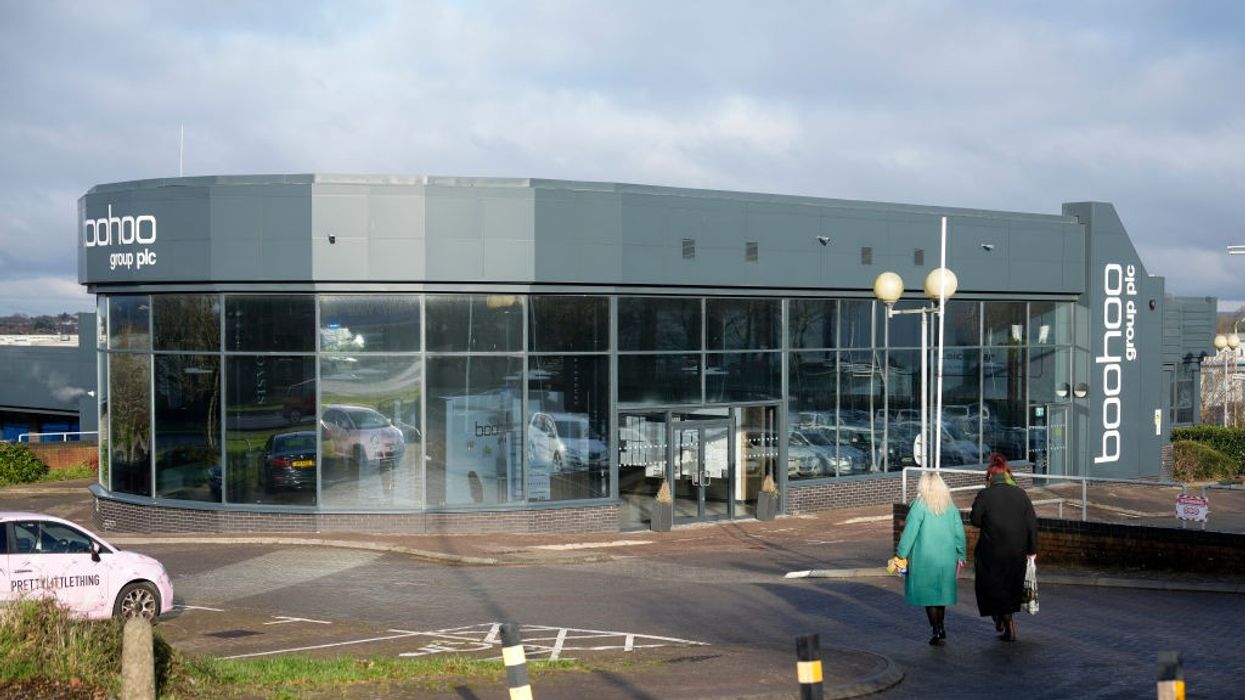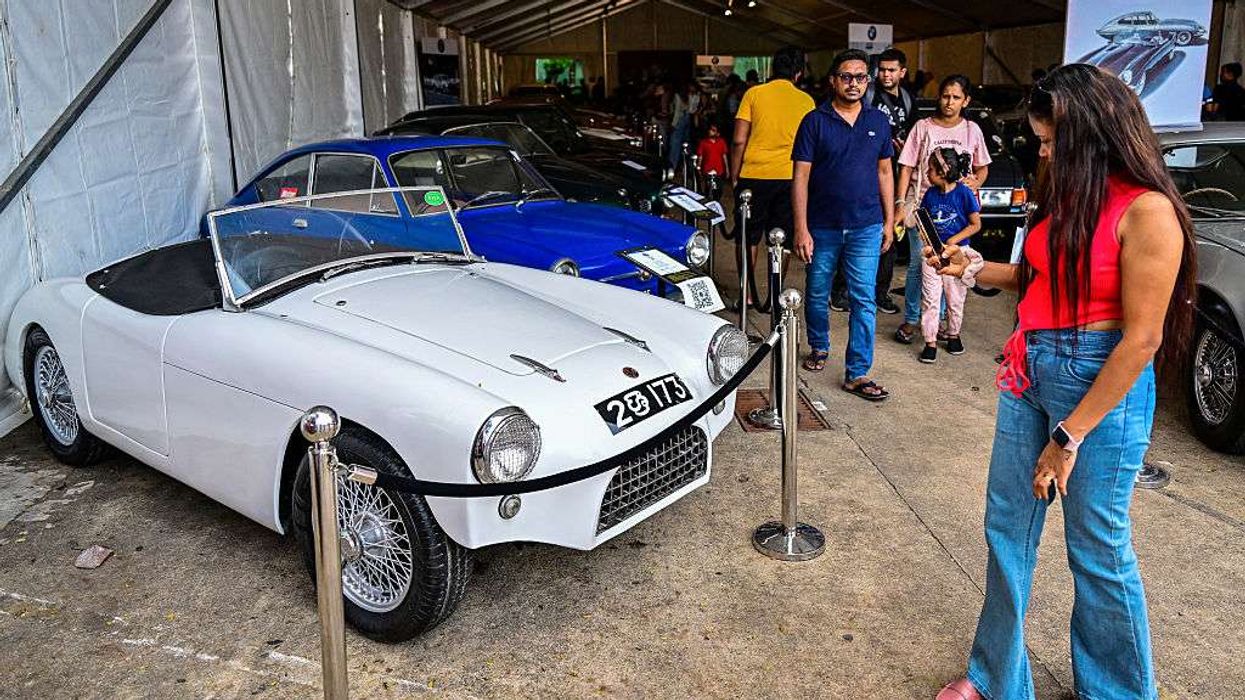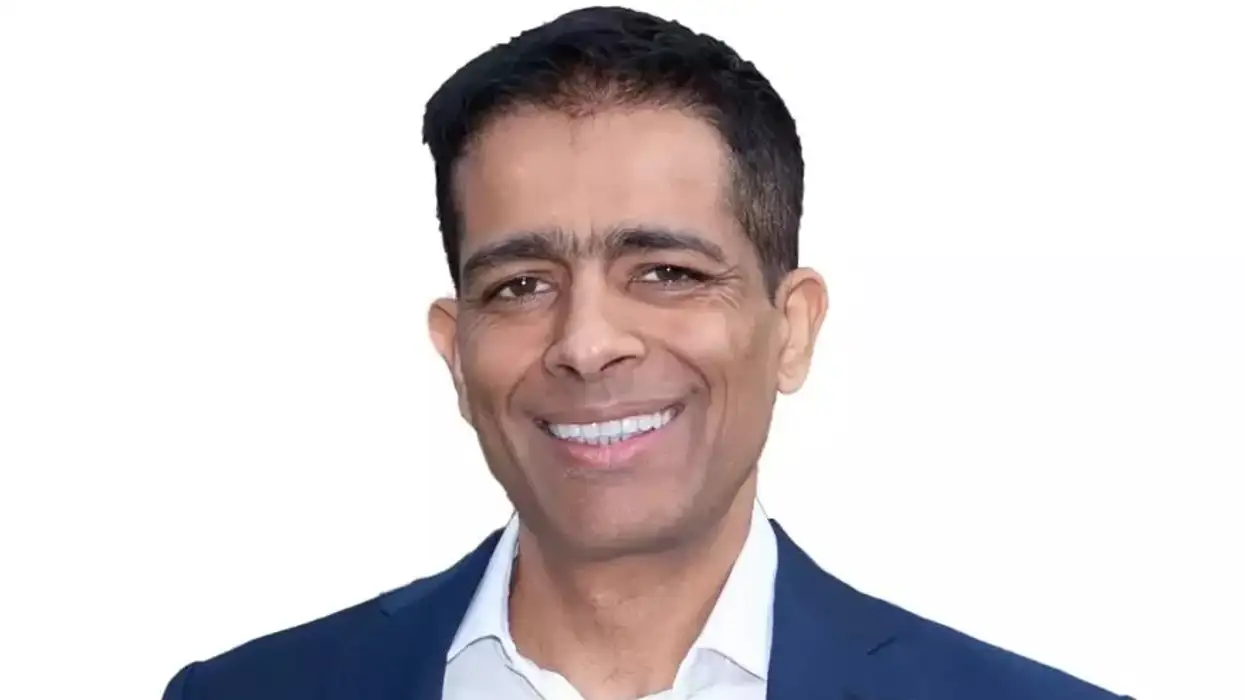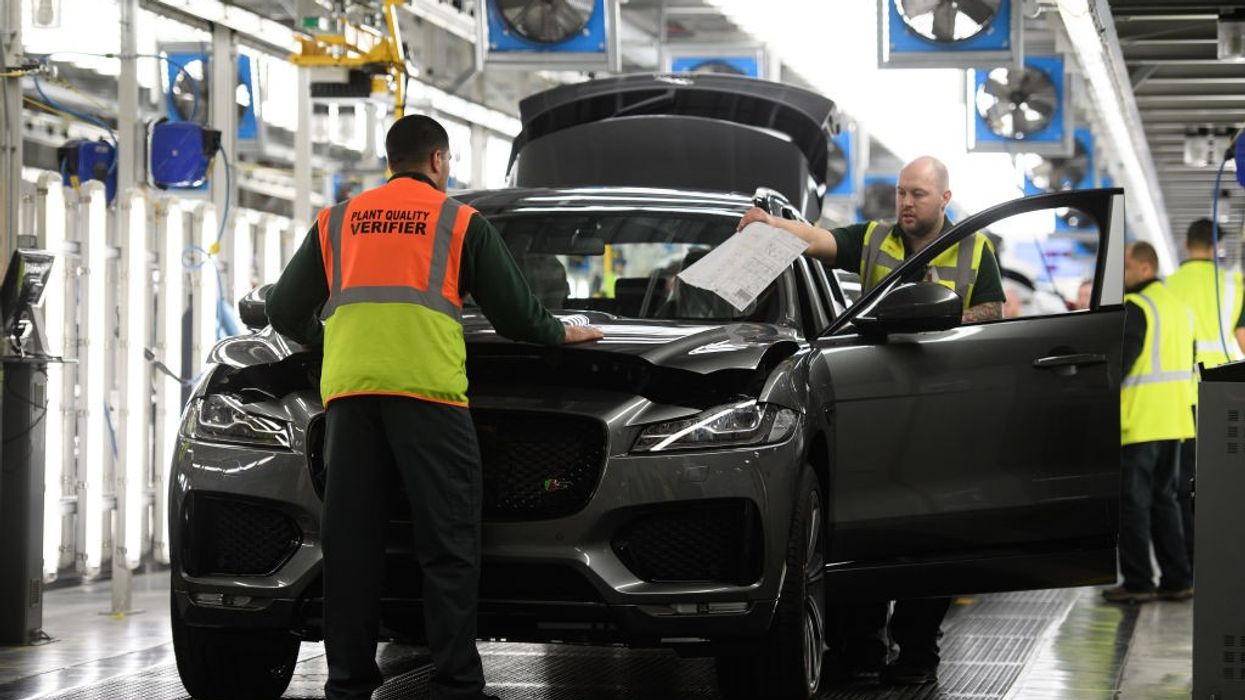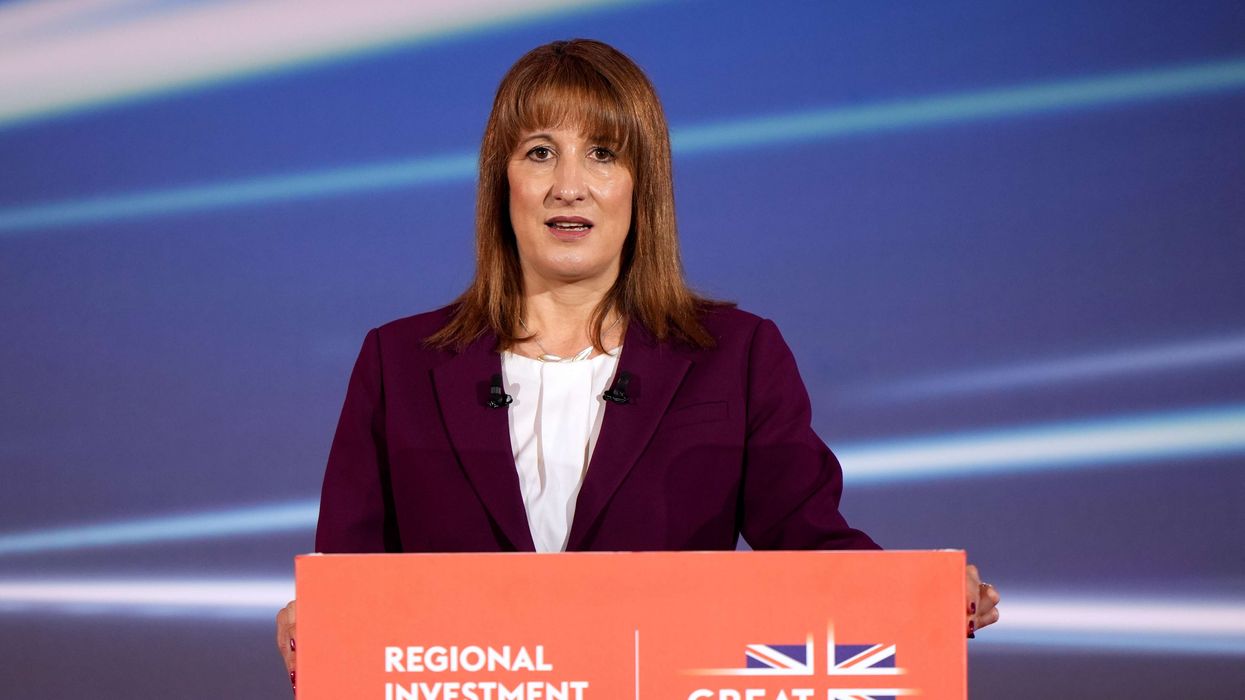Sony has unveiled the FX2, the latest addition to its FX compact cinema camera line-up. Positioned between the FX3 and FX30, the FX2 merges cinematic capabilities with improved stills performance. It inherits its core from the Sony Alpha a7 IV, including its 33-megapixel back-illuminated full-frame Exmor R CMOS sensor, but features the compact FX series body and workflow optimisations.
The FX2 is designed to deliver high-quality oversampled 4K video from 7K capture at up to 30p, with an additional 4K 60p mode via a Super 35mm (APS-C) crop. This S35 4K option sets the FX2 apart from its FX3 and FX6 counterparts, which cannot record 4K from a crop due to their lower-resolution 12MP sensors.
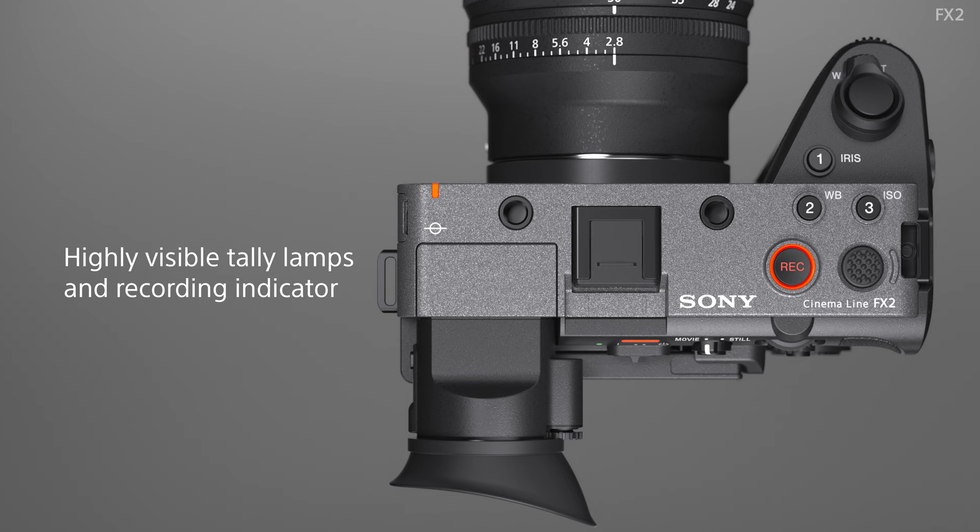
In terms of video quality, the FX2 supports 10-bit 4:2:2 internal recording using codecs including XAVC S, XAVC S-I and XAVC HS, and offers Sony’s colour profiles such as S-Log3 and S-Cinetone. An external 16-bit RAW output is also supported through the full-size HDMI port. The camera uses a dual base ISO system (ISO 800 and 4000 in S-Log), with Sony claiming over 15 stops of dynamic range.
Improved stills capabilities
Although part of the FX line, the FX2 introduces enhanced still photography functionality. It uses a mechanical shutter (in addition to electronic), allows for 10fps burst shooting, and supports Sony α system flashes. It also includes the option to shoot stills using Log profiles, aligning still and video workflows. These features highlight Sony’s acknowledgement of a growing demand for hybrid content creation in professional settings.
Body design and ergonomics
The FX2’s body is nearly identical to the FX3, maintaining its compact, modular structure, internal active cooling system, and multiple mounting points that may negate the need for a cage. However, it introduces one notable addition: a tilting 3.68 million-dot electronic viewfinder (EVF), a feature largely absent in modern mirrorless and hybrid cinema cameras. This tiltable EVF supports angles from 0° to 90°, catering to a wide range of shooting scenarios.
- YouTubeYouTube/ Sony Europe
The FX2 also comes with a 3.0-inch vari-angle LCD, though its resolution is lower than that of the FX3 and FX30. Connectivity options include a USB-C port, full-size HDMI, and dual card slots (1x CFexpress Type A/SD and 1x SD).
Sony has equipped the FX2 with a Fast Hybrid Autofocus system enhanced by an AI processing unit. Autofocus tracking extends to humans, animals, birds, insects, vehicles and aircraft. The 5-axis in-body image stabilisation supports various modes, including Dynamic Active, promising up to 5 stops of compensation.
Comparisons with FX3 and FX30
When placed alongside its FX siblings, the FX2 finds itself in a distinct position. Compared to the FX3, it offers higher resolution and better stills performance, though it sacrifices 4K 120p capabilities in favour of S35 4K 60p. Against the FX30, the FX2 brings a full-frame sensor and wider dynamic range (15+ stops vs 14+), while also featuring an EVF which the other models lack.
All three cameras share the BIONZ XR processing engine, dual native ISO design, active cooling, and support for XLR audio via the included handle (in applicable kits). Media compatibility, codecs, and colour profiles also align across the models.
Price and availability
Sony is positioning the FX2 competitively in the market. The camera will be available in two configurations: body only for $2,699.99, or with the XLR handle for $3,099.99. At this price point, the FX2 offers a compelling blend of resolution, video capabilities, hybrid ergonomics, and audio flexibility, making it an attractive option for videographers, hybrid shooters, and content creators.
Sony’s cinema line
The Sony FX2 is a unique proposition in Sony’s cinema line, delivering a strong balance between video performance and stills capabilities. Its 33MP sensor, oversampled 4K video, S35 recording options, and professional audio interface provide a versatile toolset for a wide range of creators. With the addition of a tiltable EVF and a form factor optimised for rig-free use, the FX2 could well become a preferred workhorse for independent filmmakers, documentarians, and hybrid professionals.


